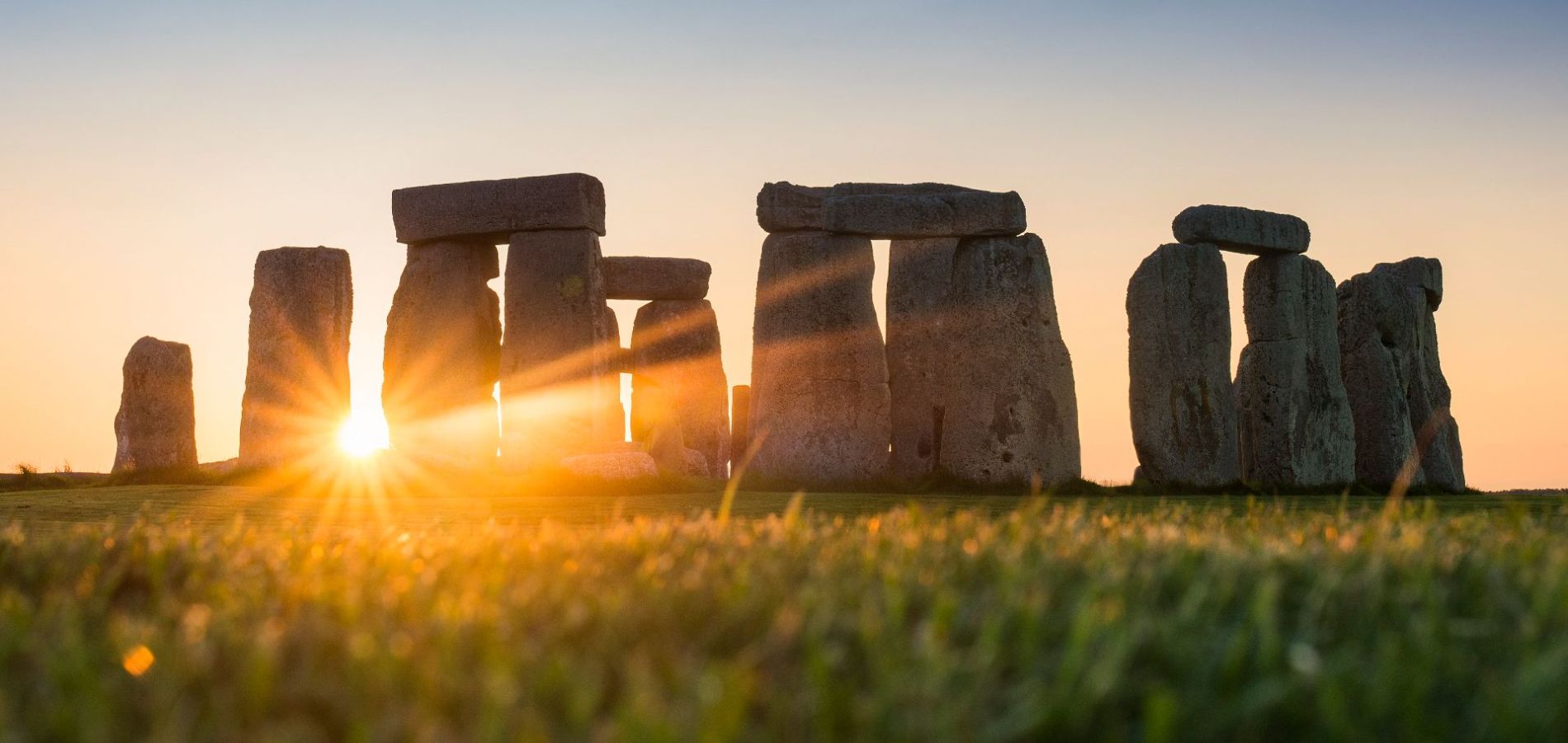Although we increasingly understand a great deal about who built Stonehenge and how they did it, we know very little about the reasons why it was built.
What was Stonehenge used for?
Over the years, academics and archaeologists alike have attempted to explain why Stonehenge was built - you may want to see this mysterious site for yourself by trying one of our Stonehenge tours. Plenty of theories have been put forward, but here we will focus on the most commonly accepted theories.
Stonehenge was built as a burial site
One theory suggests that Stonehenge was used as a Late Neolithic burial site and a monument to the dead – or at least for 500 years during the first two phases of its construction from ~3,000 BC until the monuments were erected in ~2,500 BC.
Charred remains were unearthed in holes around the site, known as the Aubrey Holes, that once held small standing stones. Analysis of the bones suggests they were buried during these 500 years. After 2,500 BC, the people who used Stonehenge stopped burying human remains in the stone circle and began burying them in ditches around the periphery, suggesting a shift in the cultural significance of Stonehenge.
From studying the remains of those buried at the site, we know that the bodies of the dead were transported from far and wide to be buried at Stonehenge; some appeared to have lived more than 120 miles (200km) away in Wales. Carbon dating of the remains suggests they were cremated off-site, transported to Stonehenge and buried there around 4,400-5,000 years ago.
The evidence to support this theory is dotted all around the landscape around the monument; the area within a 2-mile radius of Stonehenge contains hundreds of Bronze Age burial mounds, or ‘tumuli’.
"The bodies of the dead were transported from far and wide to be buried at Stonehenge"
These burial mounds are unique for their dense, grouped distribution across the landscape and are frequently within sight of the stone circle. The spiritual significance of this shouldn’t be understated; being buried in direct sight of Stonehenge undoubtedly held a great deal of significance for Neolithic Britons.
Archaeologists also discovered evidence of a large settlement of houses nearby, suggesting that Stonehenge was at the centre of a large ancient ceremonial complex that ran along the River Avon.
Stonehenge is a giant astronomical calendar
Another theory makes reference to Stonehenge’s celestial influence and apparent alignment with the sun, moon and stars – akin to an ancient scientific observatory that connected the Earth to the sky. Researchers have studied the standing bluestones at Stonehenge, and believe they were carefully placed in their surroundings based on early astronomical knowledge.
The team of researchers studied Stonehenge, as well as several other stone formations across the UK. It concluded that Stonehenge was likely built to track the movement of the sun, moon and stars thousands of years ago. Compared with well-known astronomical alignments, an analysis of the position and orientation of the stones has revealed a strong alignment with the movements of the sun and moon in particular.
"Stonehenge was likely built to track the movement of the sun, moon and stars thousands of years ago"
To add to this theory, Stonehenge famously aligns with the Summer Solstice (longest daylight time) and Winter Solstice (shortest daylight time). Astronomer Gerald Hawkin’s famous in-depth analysis of Stonehenge in 1965 identified 165 separate points at Stonehenge that could be linked to astrological phenomena – including the two solstices and equinoxes, as well as lunar and solar eclipses.
Stonehenge was a place of healing
A theory put forward by two of Britain’s world-renowned experts on Stonehenge, Professors Timothy Darvill and Geoff Wainwright, suggests that the monument was a site of pilgrimage and healing – a “prehistoric Lourdes”.
According to this school of thought, the smaller bluestones at the centre of the circle are the key to this theory and, ultimately, the supposed purpose of Stonehenge. As we know, the bluestones were dragged 180 miles from the mountains of southwest Wales to the site at Stonehenge using primitive technology.
Darvill and Wainwright argue that this massive undertaking required considerable resources and effort; resources that would only have been possible had there been a very good reason to attempt such a monumental undertaking. This, they argue, is owed to the supposed magical, healing powers of the stones due to their proximity to traditional healing springs.
Chippings carved out of the bluestone rocks found during digs around the site were used to produce amulets, suggesting the association of the rocks with protective and healing properties. According to their research, evidence suggests this practice continued well into the Medieval period.
Conclusion
As we’ve seen, there are competing theories as to what Stonehenge was built for. It’s clear that the site may have served a number of purposes over the millennia it has been standing, and no theory stands out as more valid than the other.
Perhaps rather than looking at Stonehenge’s purpose as a singular function, we should start considering how its purpose changed over centuries and was dependent on societal shifts. We already know that the genetic makeup of Stonehenge’s builders changed over time due to migration from Europe, it goes without saying that cultural and social norms would also have changed during this time.
If you're planning a visit to Stonehenge, our Stonehenge Tours from London are the perfect way to explore this ancient Neolithic site and uncover the mysteries behind its construction.









